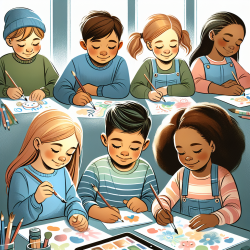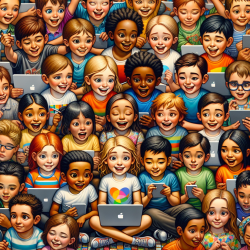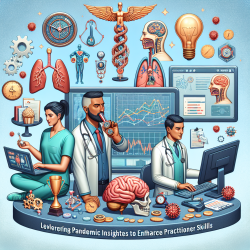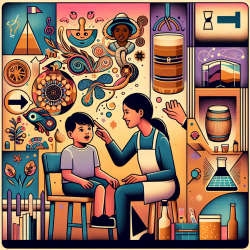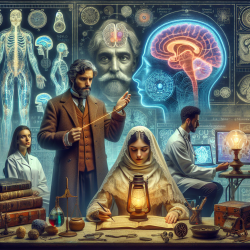With the increasing prevalence of Autism Spectrum Disorder (ASD) globally, finding effective therapeutic interventions is crucial. One promising approach is art therapy, which offers a unique platform for children with ASD to express themselves creatively and non-verbally. This form of therapy can significantly enhance their social skills, emotional regulation, and overall communication abilities.
Understanding Autism Spectrum Disorder
ASD is a developmental disorder characterized by challenges in social interaction, communication, and behavior. According to the DSM-5, autism affects individuals across a spectrum, requiring tailored interventions to address these diverse needs. Children with ASD often experience difficulties in verbal communication and social interaction, leading to frustration and isolation.
The Role of Art Therapy
Art therapy provides an invaluable tool for children with ASD by offering a creative outlet to express emotions and thoughts. This non-verbal form of communication allows them to navigate their feelings and develop essential skills within a supportive environment. The tactile nature of art materials also aids in sensory regulation, helping children manage sensory overloads common in ASD.
Benefits of Art Therapy
- Enhanced Communication: Through creative expression, children can communicate their emotions and thoughts more effectively.
- Improved Social Skills: Participating in group art therapy sessions fosters interaction and cooperation among peers.
- Sensory Regulation: Engaging with various art materials helps children manage sensory processing issues.
- Emotional Regulation: Art therapy provides a safe space to explore and manage emotions constructively.
Research Insights
A literature review conducted by Alejandra Deleon at Lesley University highlights the positive impact of art therapy on children with ASD. The study emphasizes that art therapy not only aids in managing emotions but also enhances communication abilities. Empirical evidence supports that structured art activities can lead to significant improvements in social engagement and emotional health.
The findings suggest that incorporating art therapy into treatment plans for children with ASD can lead to better outcomes in their social and emotional development. By fostering an environment free from judgment, art therapy encourages self-reflection and personal growth.
For more information on the benefits of art therapy for children with ASD, please follow this link.
